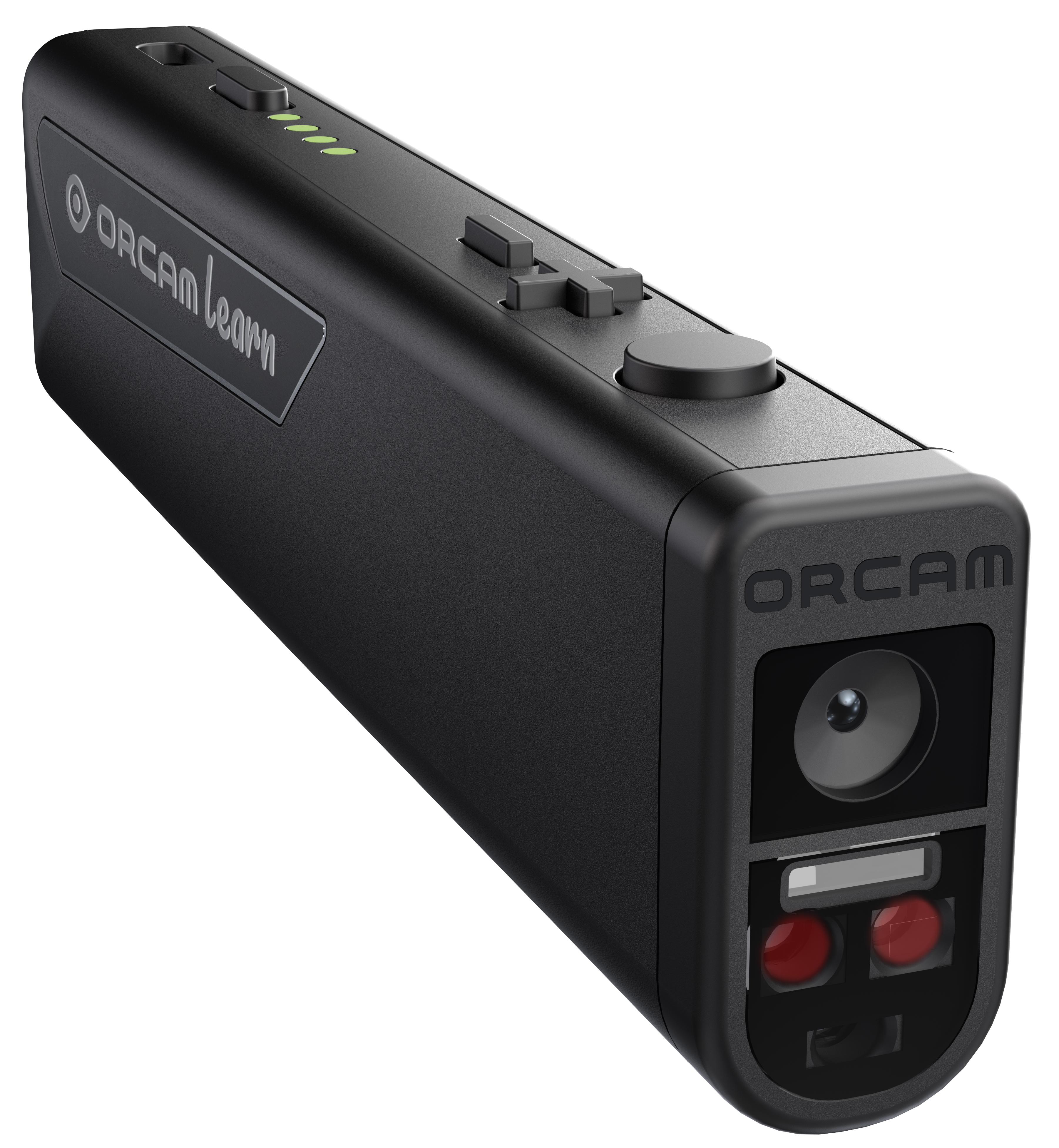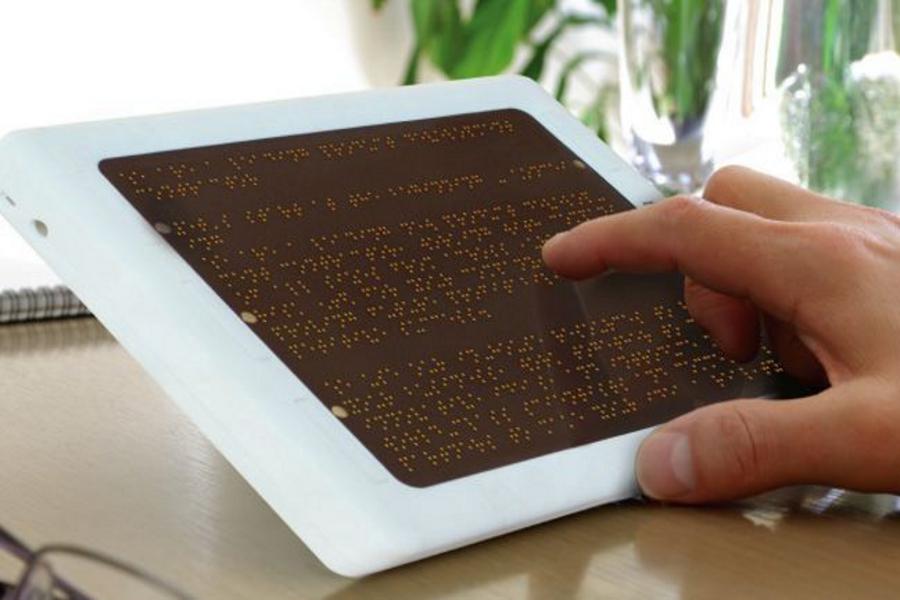Braille Displays and Notetakers: Essential Tools for Learning and Work
Braille Displays and Notetakers: Essential Tools for Learning and Work
Blog Article
Empowering Freedom With Assistive Modern Technology for the Blind
The assimilation of assistive technology into the lives of individuals with aesthetic problems stands for a considerable improvement in promoting self-reliance and self-sufficiency. From innovative display visitors to sophisticated wise walking canes, these devices not just enhance day-to-day navigating and interaction yet additionally empower users to involve meaningfully in numerous elements of life. As we check out the myriad advantages and real-world applications of these innovations, it becomes crucial to check out the hidden factors that add to their efficiency and the potential for future growths in this essential area.
Summary of Assistive Technology

The advancement of assistive innovation is based in concepts of inclusivity and empowerment. Innovations in software application, hardware, and sensory improvements provide users with options customized to their certain demands. From display readers that convert text to speech, to tactile devices that share info with touch, these devices change the way people involve with their surroundings.
In enhancement to sensible applications, assistive technology fosters better social addition and participation in various sectors, including education and work (Mobility aids for visually impaired users). As study and development remain to evolve, the capacity for assistive modern technology to additionally boost the lives of visually damaged individuals continues to be encouraging, paving the method for an extra equitable culture where everyone can prosper
Kinds of Assistive Instruments
A range of assistive devices have arised to sustain people with aesthetic impairments, each developed to meet certain needs and enhance day-to-day functioning. These gadgets vary from low-tech solutions to modern technologies, providing diverse alternatives for customers.
Low-tech gadgets include magnifiers and large-print materials that help in analysis and writing. Braille devices, such as Braille styluses and slates, allow responsive analysis and interaction. Alignment and mobility aids, like white walking canes, help customers navigate their environment securely.
On the higher end of the range, digital magnification systems and screen readers offer significant assistance. Digital magnifiers allow customers to enlarge text and images on screens, while display readers transform digital material into synthesized speech, helping with access to info on mobile phones and computer systems.
Mobile phone applications likewise play a critical function, offering attributes like message acknowledgment and navigation support. Wearable modern technology, such as wise glasses equipped with augmented truth, is arising as an encouraging device to improve situational awareness.
Benefits of Assistive Modern Technology
The combination of assistive innovation significantly improves the lifestyle for people with aesthetic problems. These modern technologies empower individuals by promoting independence, allowing them to browse their atmospheres much more efficiently and execute day-to-day jobs with greater simplicity. Screen viewers and zoom software application allow people to gain access to eye exam deals electronic information, promoting specialist and academic chances that may have formerly been out of reach.
Additionally, assistive gadgets such as wise walking sticks and GPS applications supply real-time navigation assistance, boosting movement and safety. This boosted autonomy not only boosts self-esteem but also urges social engagement, allowing users to get involved more fully in their communities.
Assistive technology likewise assists in communication, aiding customers connect with others with voice acknowledgment and text-to-speech applications. This ability is vital for maintaining partnerships and accessing critical information.
Furthermore, the customization alternatives readily available with many assistive modern technologies make sure that users can customize tools to their particular needs, additionally improving usability and efficiency. In general, the advantages of assistive innovation for individuals with visual disabilities are profound, advertising an extra inclusive culture where everybody can seek their objectives and ambitions.
Situation Studies and Success Stories
Highlighting the transformative impact of assistive modern technology, countless study show exactly how individuals with aesthetic impairments navigate to this website have actually successfully integrated these devices right into their day-to-days live. One engaging instance entails an university student who utilized screen analysis software to navigate scholastic materials and on the internet resources efficiently. This technology not only promoted her education and learning yet likewise improved her confidence in taking part in discussions and team projects.
One more case study features a specialist who utilizes a smartphone application designed for navigation and things recognition. By using this app, he has actually restored freedom in both his individual and job atmospheres, permitting him to commute independently and involve with associates better.
Furthermore, a retiree shared her experience with braille e-readers, which allowed her to access a large range of literature and stay attached with her neighborhood with book clubs.
These success stories highlight the critical role of assistive innovation in promoting self-reliance, boosting top quality of life, and promoting social combination for individuals with visual problems (Braille displays and notetakers). By welcoming these ingenious devices, individuals can get over obstacles and seize opportunities that add to their professional and personal fulfillment

Future Fads in Assistive Modern Technology
Technology in assistive modern technology is positioned to redefine the landscape of support for individuals with visual official source problems. Emerging fads stress the integration of man-made intelligence (AI) and maker understanding, which boost the functionality of gadgets that help with navigation and info access. As an example, AI-driven applications are now with the ability of translating visual data in real-time, making it possible for individuals to engage with their setting a lot more individually.
Moreover, the advancement of wearable technology is progressing quickly. Smart glasses equipped with increased reality (AR) can offer audio summaries of environments, transforming just how customers communicate with public spaces. These tools not just advertise autonomy however additionally foster social addition.
Additionally, the Net of Points (IoT) is making homes smarter, enabling smooth connectivity between daily devices and assistive tools. This connection equips customers by making it possible for voice-activated controls and automated reactions customized to private demands.
Verdict
In verdict, assistive technology plays a pivotal function in equipping people with visual disabilities by boosting their freedom and interaction with their surroundings. The diverse variety of devices and applications available not only promotes navigation and interaction but also advertises social integration and opportunities for personal and specialist development. As innovations continue in this area, the potential for boosting the lifestyle for those with visual disabilities will certainly increase, fostering higher autonomy and empowerment.

Report this page